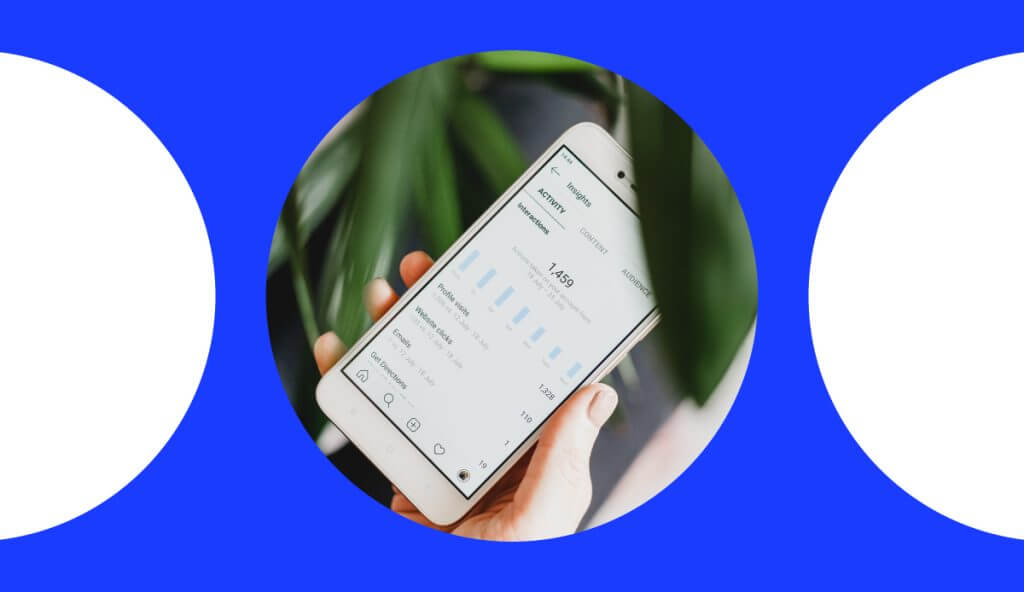
In today’s day and age, digital and Search Engine Advertising are indispensable, no matter which business domain or audience you cater to. Nowadays, even the most traditional users are turning to the internet to find the perfect product or service. Therefore, it is no surprise that 93% of online experiences begin with the search engine, making it the ideal channel to start with.
However, when it comes to Google Ads, there are multiple types and options available that can leave you feeling overwhelmed. Each paid ad has a specific objective and is designed to help your brand achieve its goals. With numerous options, knowing which one is right for your needs can often be confusing, but it is one of the most important decisions to make to get the right Search Engine Advertising results.
Don’t worry! We’ve got you covered. In this blog, we will explore all the paid search ads in-depth to help you choose the right option and achieve your advertising goals.
What Are The Different GOOGLE Ad Types, And How To Use Them?
Often, when people refer to the different search advertising categories, they look at the types of Google Ad campaigns. This comes as no surprise since Google dominates the search engine space, with 85.53% of all searches in 2023 coming from their platform.
As per the latest update, Google Ads now has 8 different types of ads, as listed below.
#1 Responsive Search Ads
Search engine text ads are the most common type of paid search ads that you will come across. Their popularity is due to a simple statistic – the top result on a Search Engine Ranking Page (SERP) is 10x more likely to receive a click. It must also be noted that 75% of users never go beyond the first page.
How do they work?
For responsive search ads, you need to bid on the relevant keywords so that your ad will be displayed on top when someone searches for those keywords (related or identical). This significantly improves your chances of getting clicks and visibility.
The key to a successful, responsive ad is entering highly optimised headlines and descriptions which closely match your potential customers’ search queries. You can provide up to 15 headlines and 4 description options for one responsive search ad, of which a maximum of 3 headlines and 2 descriptions will be selected to be shown in different combinations. Over time, the algorithm will boost the best-performing combination, optimising your campaign performance.
Who uses them?
Search Engine Advertising is ideal for most businesses, especially those trying to increase visibility, impressions or actions on their page.
#2 Display Ads
Display ads are the next best thing when it comes to Google ads. Instead of just relying on text, they add visual elements, such as an image that’s displayed within the Google Display Network. According to Google, display ads reach over 90% of internet users worldwide.
To create an effective display ad, use eye-catching visuals, keep the message simple and clear, and ensure the ad is relevant to the target audience.
How do they work?
Display ads are not just about keywords. Instead, they allow you to go beyond and define “who” you are targeting for the ad. These ads will be seen on websites, banners, and every website that uses Google Display Network.
Who uses them?
Display ads are ideal for all users and are the best for driving brand visibility and awareness. Since they go beyond the search engine and follow the user on every platform or website, they are more likely to get better results than other campaigns.
#3 Video Ads
If you are scrolling YouTube or another page, you will likely see a short video ad before the actual video. This is the skippable in-stream video ad that can be shown on a video platform or website.
How do they work?
Video ads work similarly to display ads, where you bid for your video to be shown to a particular audience base and define where it should be placed. The main difference is that video campaigns have different ad formats.
The video ad options that you can get on YouTube include the following:
- Skippable in-stream ads
- Non-skippable in-stream ads
- In-feed video ads (sponsored videos that are seen in the discovery section)
- Bumper ads (short messages that cannot be skipped)
- Outstream ads (video ads that are shown to users outside of Google sites or platforms)
- Masthead ads (videos for quicker and wider reach in a short period of time for a particular event or product launch)
Who uses them?
Since video ads need highly impactful visual content to be successful, it is ideal for campaigns that follow a “show your audience” approach rather than a “tell them” approach. Additionally, it is ideal for B2C or businesses with complex product offerings where a video can add significant value.
#4 Shopping Ads
If you have an e-commerce business or product, shopping ads are a good fit for your Search Engine Advertising requirements. These product-based ads appear on search engine results pages (SERPs) when users look for specific products.
Online retailers who use shopping ads can generate a 26% higher clickthrough rate. This is because shopping ads give users more information about the product before they even click on it.
How do they work?
To create an effective shopping ad, use high-quality product images, include relevant product information, and set competitive prices. You should also set up an online store, which may need some initial effort compared to other ad types. It is crucial to know that you need to have a merchant centre feed to run Shopping ads.
However, these ads will get higher visibility and will be displayed on the following:
- Google Display Network, including YouTube, Gmail, Google Discover, etc.
- All websites that support Google Display Network
- Google Search Results Page
- the Shopping Tab on Google Search
Who uses them?
E-Commerce brands, online and local retailers, and D2C/B2C brands prefer this Search Engine Advertising strategy.
#5 App Promotion Ads
Like Shopping Ads, App Promotion Ads do exactly what they mention – help you promote your app and increase app downloads. These ads are showcased on Google Search and Display Networks, including Google Play, YouTube, and Google Discover.
How do they work?
App Promotion helps increase app downloads, engagement, and visibility by showcasing your app to the right audience. These are displayed when the person searches for a particular keyword in the Google Playstore or Google Search Bar.
Who uses them?
Any company with an app on Google Playstore (Android) or iOS (Apple) can benefit from these app promotion ads. Google Search Ads won’t work for Apple Store, but your app will be shown in the Search Bar if the user searches for the related keyword.
Additional Ad Types
The following are a few more ad types that advertisers can use:
#1 Local Ads (Performance Max)
This search ad is ideal for businesses that want to reach a potential audience within a particular area. With the Performance Max feature, ads are optimised for search, display, and other ad types, and are ideal for businesses that want to increase footfall to their physical stores.
#2 Discovery Ads
Use the power of the Google Discover feed to show your products or services in the discovery section. The placement of these ads include Gmail’s Promotion and Social tabs and YouTube’s Watch Next feed.
#3 Smart Ads
As the name suggests, Smart Ads use advanced machine learning algorithms to help you optimise your ad campaign and deliver exceptional results without human intervention. This automation sets it apart from other Google ads, as it requires minimal management and can be set up within just 15 minutes.
Key Takeaways: How To Choose The Best Paid Search Ad?
To choose the right ad type for your business needs, you can follow the steps below:
- Start by defining an objective for your Search Engine Advertising Campaigns – it could be increasing brand visibility, generating leads, or driving sales, to name a few.
- Make a note of the existing content and marketing campaigns that you are running and select the option that fits within your strategy.
- Test and learn which option works best for your target audience and brand.
Each ad format has its own focus areas, and you need a proper strategy for your paid search ads to help you make the most out of these options. With a few trials, you can develop a robust Search Engine Advertising strategy to help your business stand out in today’s growing digital marketplace.
Maximise Your Reach With M&C Saatchi Performance
At M&C Saatchi Performance, you can get the best advertising outcomes through our comprehensive Search Engine Marketing (SEM) services. Our years of expertise in Search Engine Advertising will help you build marketing campaigns that reach the right audience, in the right place, at the right time.
Reach out to us to learn more about our search engine marketing services.

